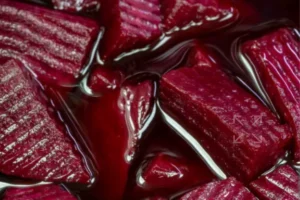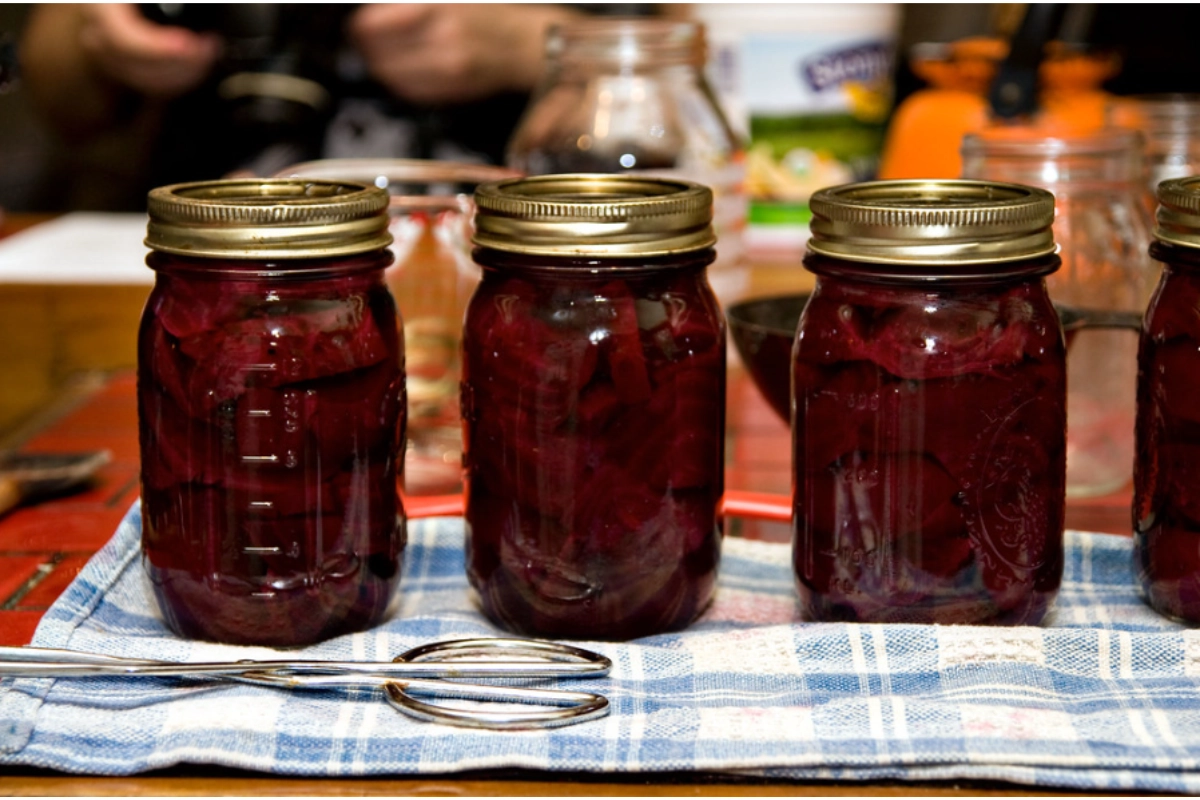Introduction

Understanding the History and Popularity
have been cherished for centuries, with their origins tracing back to ancient civilizations such as the Romans and Egyptians. These vibrant root vegetables were prized for their long shelf life and distinctive flavor. Today, pickled beets continue to captivate taste buds around the world, earning a special place on dinner tables and in culinary traditions.
From traditional family recipes passed down through generations to innovative adaptations by renowned chefs, pickled beets have evolved into a versatile ingredient that adds a burst of color and tanginess to various dishes. Whether enjoyed as a standalone snack, a zesty salad topping, or a flavorful side dish, pickled beets offer a delightful culinary experience that transcends time and culture.
Health Benefits of Pickled Beets
Nutritional Value and Components
Pickled beets pack a nutritional punch, boasting an array of essential vitamins, minerals, and antioxidants. Rich in vitamin C, folate, and potassium, these tangy treats contribute to overall health and well-being. Additionally, they contain fiber, which supports digestive health and promotes satiety.
Potential Health Benefits
Incorporating pickled beets into your diet may offer a myriad of health benefits. Studies suggest that the antioxidants found in beets, such as betalains, may help reduce inflammation and lower the risk of chronic diseases like heart disease and certain types of cancer. Moreover, their high nitrate content has been linked to improved athletic performance and enhanced cardiovascular function.
Incorporating Pickled Beets into a Healthy Diet
Adding pickled beets to your meals is an easy way to boost your nutrient intake and add a burst of flavor to your dishes. Whether tossed in salads, blended into smoothies, or enjoyed as a tangy side dish, pickled beets offer a delicious and nutritious addition to any diet.
How to Make Pickled Beets at Home

Necessary Ingredients and Equipment
Before embarking on your pickling adventure, gather the essential ingredients and equipment. You’ll need fresh beets, vinegar (such as apple cider vinegar or white vinegar), sugar, salt, and aromatics like garlic, dill, or spices. Additionally, ensure you have glass jars or containers for storing your pickled beets.
Step-by-Step Preparation Guide
- Prepare the Beets: Start by washing and trimming the beets, then boil or roast them until they’re tender.
- Peel and Slice: Once cooked, allow the beets to cool before peeling off the skin and slicing them into your desired shape.
- Prepare the Pickling Liquid: In a saucepan, combine vinegar, sugar, salt, and your chosen aromatics. Bring the mixture to a boil, then simmer until the sugar and salt are fully dissolved.
- Pack the Jars: Pack the sliced beets into sterilized jars or containers, then pour the hot pickling liquid over them, ensuring they’re fully submerged.
- Seal and Store: Seal the jars tightly and allow them to cool before refrigerating. will be ready to enjoy within a few days, but for optimal flavor, allow them to pickle for at least a week before consuming.
Tips for Perfecting
- Experiment with different spices and aromatics to customize the flavor
- Ensure your jars are properly sterilized to prevent spoilage.
- Store your pickled beets in the refrigerator to extend their shelf life and maintain freshness.
Popular Variations and Recipes
Traditional Pickled Beet Recipe
For those seeking a classic pickled beet experience, this traditional recipe is sure to satisfy your cravings. Here’s how to create this timeless dish:
- Ingredients:
- Fresh beets
- Vinegar (apple cider vinegar or white vinegar)
- Sugar
- Salt
- Whole spices (such as peppercorns, cloves, and bay leaves)
- Aromatic vegetables (such as onions and garlic)
- Instructions:
- Prepare and cook the beets as outlined in Part 3.
- In a saucepan, combine equal parts vinegar and water, along with sugar, salt, and your chosen spices.
- Bring the mixture to a boil, then reduce the heat and simmer for a few minutes until the flavors meld together.
- Pack the sliced beets into sterilized jars, along with any additional aromatic vegetables.
- Pour the hot pickling liquid over the beets, ensuring they are fully submerged.
- Seal the jars tightly and refrigerate for at least a week before enjoying.
Creative Twists and Flavor Combinations
Looking to put a unique spin ? Try experimenting with different flavor combinations and creative twists. Here are a few ideas to get you started:
- Honey and Ginger: Add a touch of sweetness and warmth with honey and fresh ginger.
- Balsamic Glaze: Drizzle with balsamic glaze for an extra layer of flavor.
- Pickled Beet Salad: Toss fresh greens, goat cheese, and toasted nuts for a refreshing salad.
- Pickled Beet Relish: Chop your pickled beets finely and mix them with onions, jalapeños, and cilantro for a zesty relish to serve with grilled meats or sandwiches.
Serving Suggestions and Pairings
are incredibly versatile and can be enjoyed in a variety of ways. Here are some serving suggestions and pairings to inspire your culinary creations:
- Serve as a vibrant side dish alongside roasted meats or grilled fish.
- Incorporate into sandwiches, wraps, or grain bowls for added flavor and texture.
- Use as a colorful garnish for salads, soups, or appetizer platters.
- Pair with creamy cheeses like goat cheese or feta for a delicious contrast of flavors.
Culinary Culture
Historical Significance and Cultural Traditions
Throughout history, pickled beets have held a significant place in culinary traditions around the world. In many cultures, pickling was a way to preserve seasonal produce for consumption during the colder months. The vibrant hues of pickled beets added visual appeal to meals and were often served as a side dish or condiment alongside hearty dishes.
Contemporary Uses and Trends
In recent years, pickled beets have experienced a resurgence in popularity, thanks to their bold flavor profile and versatility in the kitchen. Chefs and home cooks alike have embraced pickled beets as a creative ingredient that can elevate both savory and sweet dishes. From pickled beet salads to pickled beet hummus, the possibilities are endless.
Regional Variations and Influences
Across different regions and cuisines, you’ll find unique variations of pickled beets that reflect local ingredients and flavor preferences. In Eastern European cuisine, for example, pickled beets are often paired with hearty stews and sausages. In the Southern United States, pickled beets may be served alongside classic comfort foods like fried chicken and biscuits.
How healthy are pickled beets?
are nutritious, rich in vitamins, minerals, and antioxidants, and low in calories and fat.
How long will pickled beets keep in the refrigerator?
can last several months in the refrigerator if stored properly in airtight containers or jars.
How soon after pickling beets can you eat them?
You can eat pickled beets after a day or two, but for optimal flavor, wait at least a week for the flavors to develop.
Can you eat pickled beets to lower blood pressure?
Yes, may help lower blood pressure due to their nitrate content, which supports cardiovascular health. However, they should be part of a balanced diet and not relied upon solely for managing blood pressure.
FOR MORE RECIPES CLICK HER

